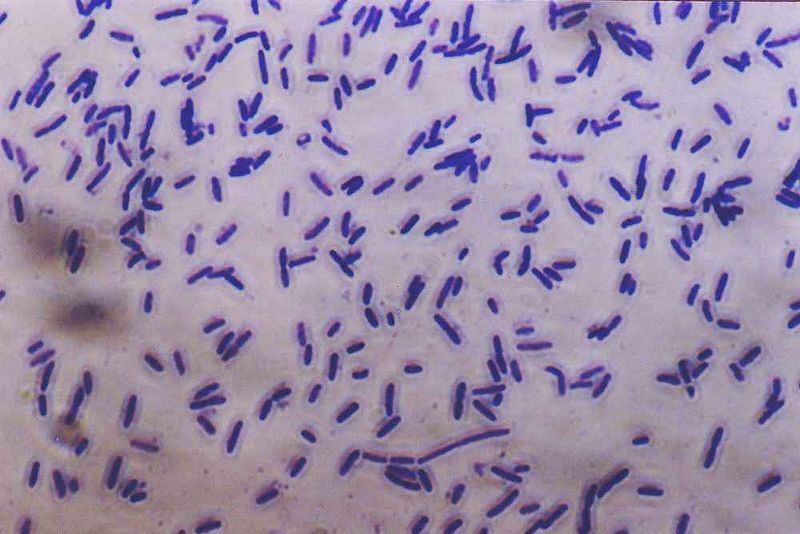‘Backpacking’ bacteria to deliver nanomedicines in the body
April 2, 2012
“Cargo-carrying bacteria may be an answer to a major roadblock in using nanomedicine to prevent, diagnose and treat disease,” David H. Gracias, Ph.D., leader of a Johns Hopkins University research team said.
In addition, bacteria can respond to specific biochemical signals in ways that make it possible to steer them to desired parts of the body. Once there, bacteria can settle down, deposit their cargo and grow naturally. Bacteria already live all over the body, particularly in the large intestine, with bacterial cells outnumbering human cells ten to one. Bacteria in the intestinal tract are not harmful.
Biohybrid devices
Their “backpacks” are micro- or nano-sized molecules or devices that have useful optical, electrical, magnetic, electrical or medicinal properties. The cargos that the team tested also varied in size, shape and material. So far, the team has loaded beads, nanowires and lithographically fabricated nanostructures onto bacteria.
Gracias’ research focuses on attaching one piece of cargo to an individual bacterium, rather than many bacteria to much larger cargo. The bacteria, termed “biohybrid devices,” can still move freely, even with the cargo stuck to them.
“This is very early-stage exploratory research to try and enable new functionalities for medicine at the micro- and nanoscale by leveraging traits from bacteria,” explained Gracias. “Our next steps would be to test the feasibility of the backpacking bacteria for diagnosing and treating disease in laboratory experiments. If that proves possible, we would move on to tests in laboratory mice. This could take a few years to complete.”
Gracias presented his work at the 243rd National Meeting & Exposition of the American Chemical Society (ACS).
